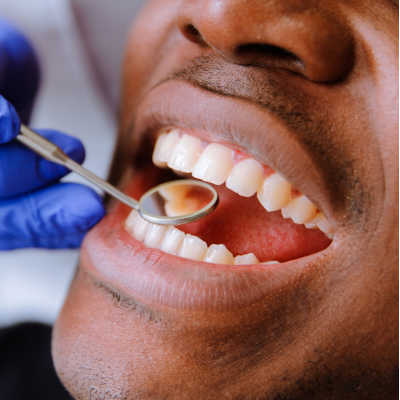The best dental experience ever from the time I walked through the door until it was time to leave. The staff is absolutely amazing, very thorough, comforting, and made sure to let me know step by step what was going on during my appointment. They take their time, nothing is rushed and that let me know they truly care about my dental health. This was my first time at this office and I can say I have found the dentist home for me.
Please note we may not offer this service. This page is for educational purposes. Contact our Smyrna office at 770-433-1515 or our East Point location at 404-766-8559 to inquire further.
Painless Root Canal Retreatment Near You
If you’ve had a root canal procedure before, you may be wondering why you need to undergo the same process again. If you experience symptoms such as persistent tooth pain, sensitivity, or signs of infection, you may need a root canal or retreatment to address these issues.
If you’re dealing with severe pain after root canal therapy, contact our Smyrna & East Point, GA dentist today by calling our Smyrna dental office at 770-433-1515 or our East Point location at 404-766-8559 to schedule an appointment.


